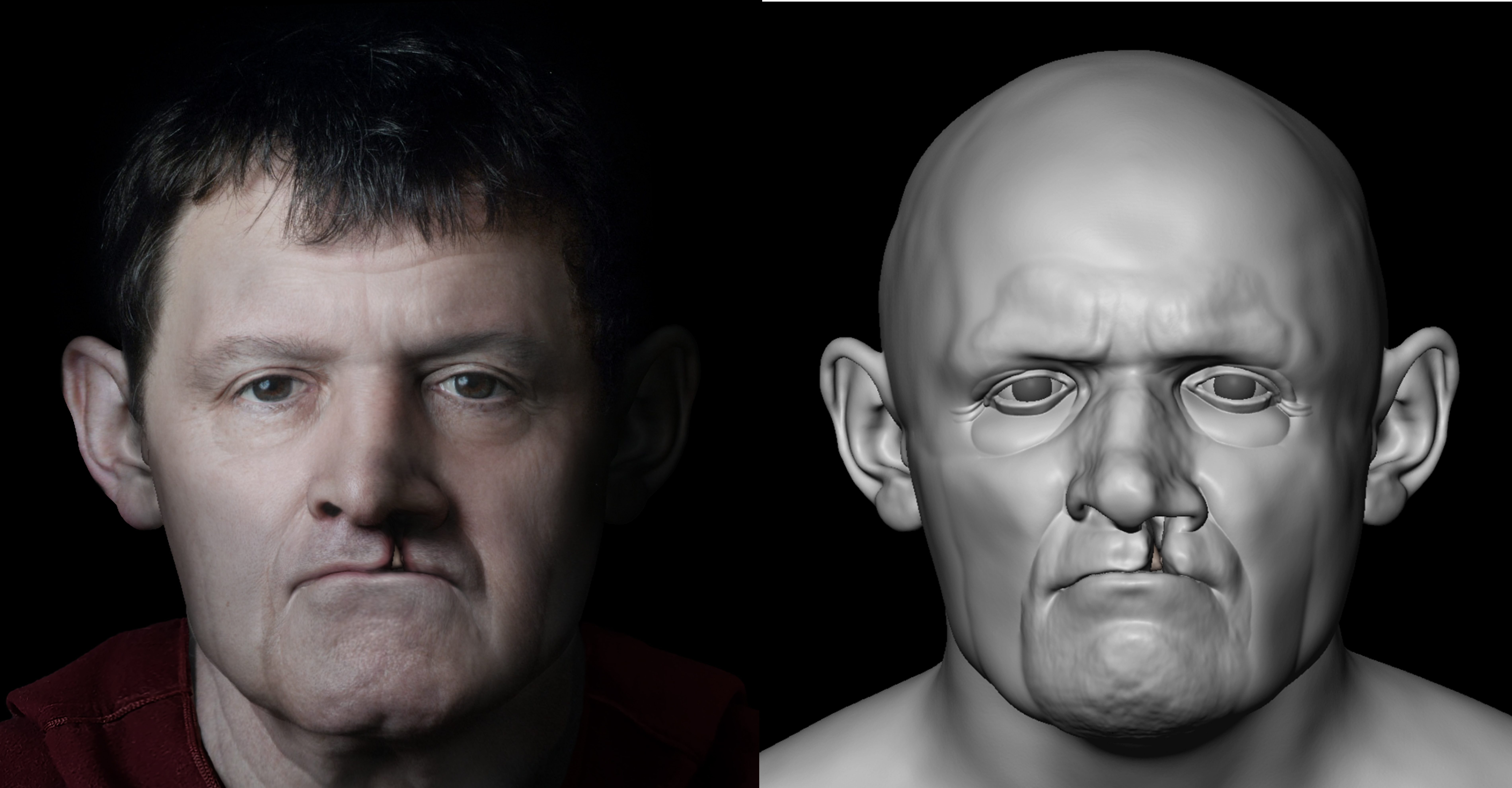The faces of a young medieval woman, a chubby-faced cleric, and a man with a cleft palate have now been digitally reconstructed using 3D scans and forensic techniques. Their faces have even been turned into 3D animations, with the aim of bringing people that little bit closer to Scottish history.
The faces come from three people who were among the many bodies and artifacts unearthed at excavations around Whithorn, in Dumfries and Galloway, in the western Southern Uplands.
At least 28 graves dating from the 11th to the 14th century were discovered at the site of a medieval cathedral and priory, together with some 52,000 artifacts including gold and silver jewelry that was buried with some of the dead.
In a recent project, a team from the National Museums Scotland, Whithorn Trust, and the University of Bradford have used this colossal collection of bones and objects to piece together the lives of some of the lost souls laid to rest here.
A video of the young woman’s digital reconstruction can be seen in the video player above.
The three faces were reconstructed by craniofacial anthropologist and forensic artist Dr Christopher Rynn, who created their image based on 3D scans and forensic techniques.
“This entails the use of facial soft tissue depths, musculature sculpted individually to fit each skull, and scientific methods of the estimation of each facial feature, such as eyes, nose, mouth and ears, from skull morphology,” Dr Rynn from the University of Bradford said in a statement.
Along with the face of the young woman – of whom very little is known – the researchers showed the face of a man who had a cleft palate, a split in the roof of the mouth that occurs when the tissue doesn’t fuse together during development in the womb.

The man with the cleft palate. Image credit: Chris Rynn/University of Bradford
While this mysterious man was buried alongside the bishops, he wasn’t buried in any fancy clothes that would suggest he was of this social group. Analysis of his bones also suggested that he didn’t eat the same fish-heavy diet as the bishops either. Perhaps, they suggest, he was just a priest who didn’t enjoy the same luxuries as a bishop.
The third reconstruction depicts Bishop Walter of Whithorn, who died in 1235 CE. He was buried with a gold finger ring and a wooden crozier, clearly signifying his status as a bishop, while his skeletal remains testified that he was not local to Whithorn. The bones also revealed that he was a “portly man” with an appetite for fish, which denotes his high social status once again.

The reconstructed face of Bishop Walter of Whithorn. Image credit: Chris Rynn/University of Bradford.
“The chance to see and imagine that we can hear these three people from so many centuries ago is a remarkable way to help us understand our history and ancestry,” Julia Muir Watt, the Whithorn Trust Visitor Centre’s Development Manager, said in a statement sent to IFLScience.
“It’s always a challenge to imagine what life was really like in medieval times, and these reconstructions are a brilliant way to engage with who these people from our past really were, of their everyday lives, their hopes and their beliefs.”
All of this work was presented at this year’s Wigtown Book Festival at the “Bishops, Bones and Burials” event over the past weekend.
Source Link: Faces Of Medieval Scotland Brought Back To Life With Forensic Reconstructions